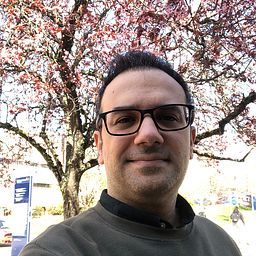Farid Pazhoohi

Attractiveness: Why, what and how?
For thousands of years, the concepts of beauty and attractiveness have captivated human thought. These themes have been central to discussions since the earliest civilizations, evident in the writings of ancient philosophers and thinkers and continuing into the works of contemporary scholars and intellectuals. Charles Darwin, through his theory of sexual selection, offered a significant scientific explanation and rationale for the existence and importance of beauty and attractiveness. His theory helped to understand these concepts not just as cultural or aesthetic preferences, but as key elements in the evolutionary process of species, including humans.
In this option, we explore the concept of attractiveness and aesthetic through a comprehensive approach that spans and intertwines biological, psychological, and cultural dimensions. We investigate what is deemed attractive and beautiful in the context of mate choice, examining the evolutionary and biological underpinnings of these preferences. Additionally, we delve into the realms of cognitive psychology and neuroaesthetics to understand how beauty is perceived and processed in the human brain. We also venture into the field of visual arts, exploring why certain artworks captivate us and are deemed aesthetically pleasing. Additionally, our exploration includes a discussion on appearance enhancement and unnatural attractiveness. We examine the psychological motivations behind such enhancements. Moreover, our exploration extends to understanding why some objects and designs are considered more appealing and desirable. This includes examining the principles of design and aesthetics that influence our perception of objects in our everyday environment. By covering these varied aspects, we aim to provide a holistic understanding of the multifaceted nature of beauty and attractiveness.
Lecture outline
Lecture 1: Evolutionary aesthetics: Physical attractiveness (faces and Bodies)
Lecture 2: Appearance enhancement (incl. eyelash and body size)
Lecture 3: Contrapposto and art
Lecture 4: Objects, visual aesthetics, and human preferences
Lecture 5: Neuroaesthetics: Aesthetics in the brain
Lecture 6: Overview, discussion and revision